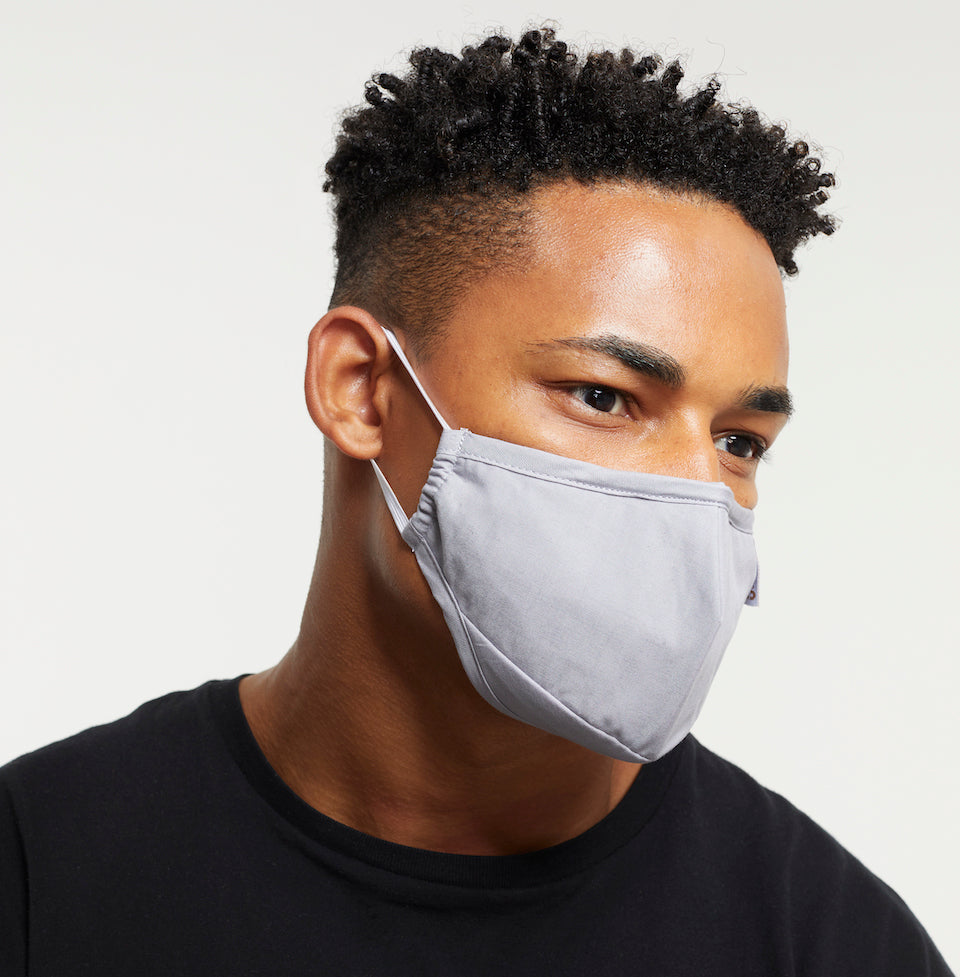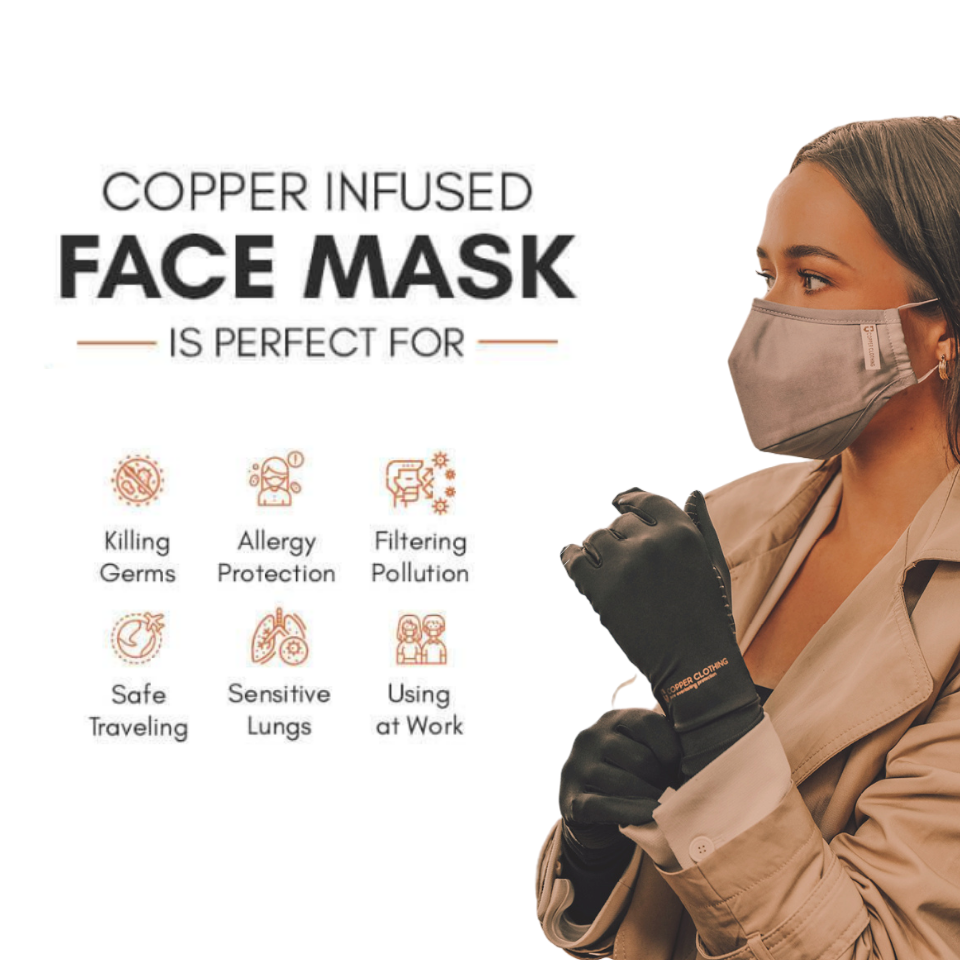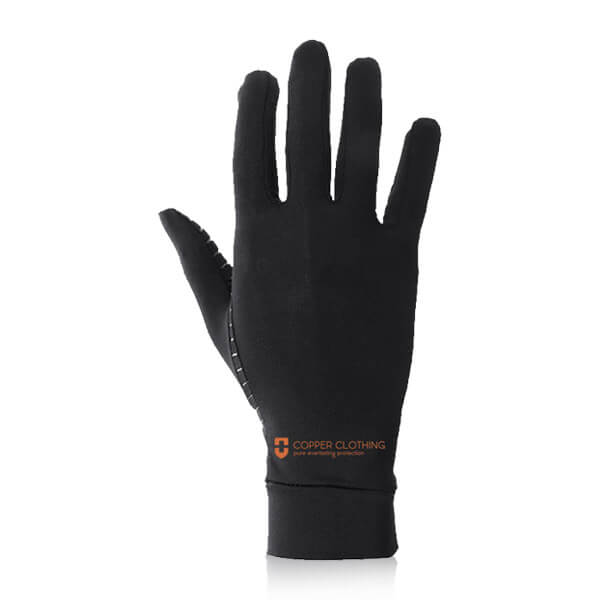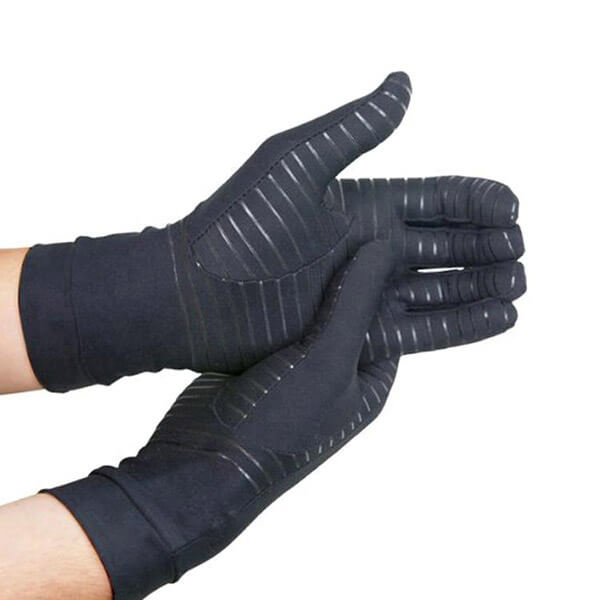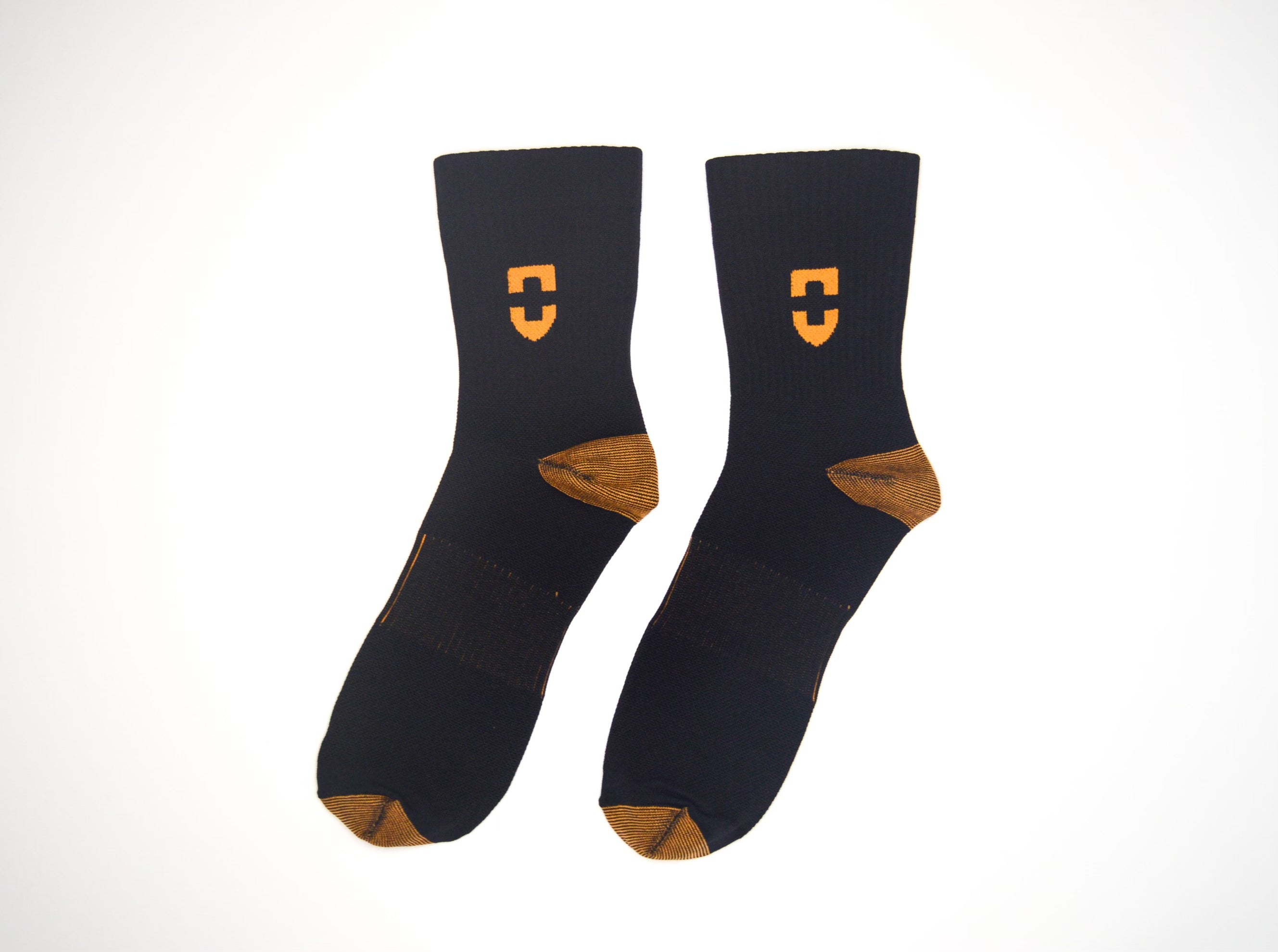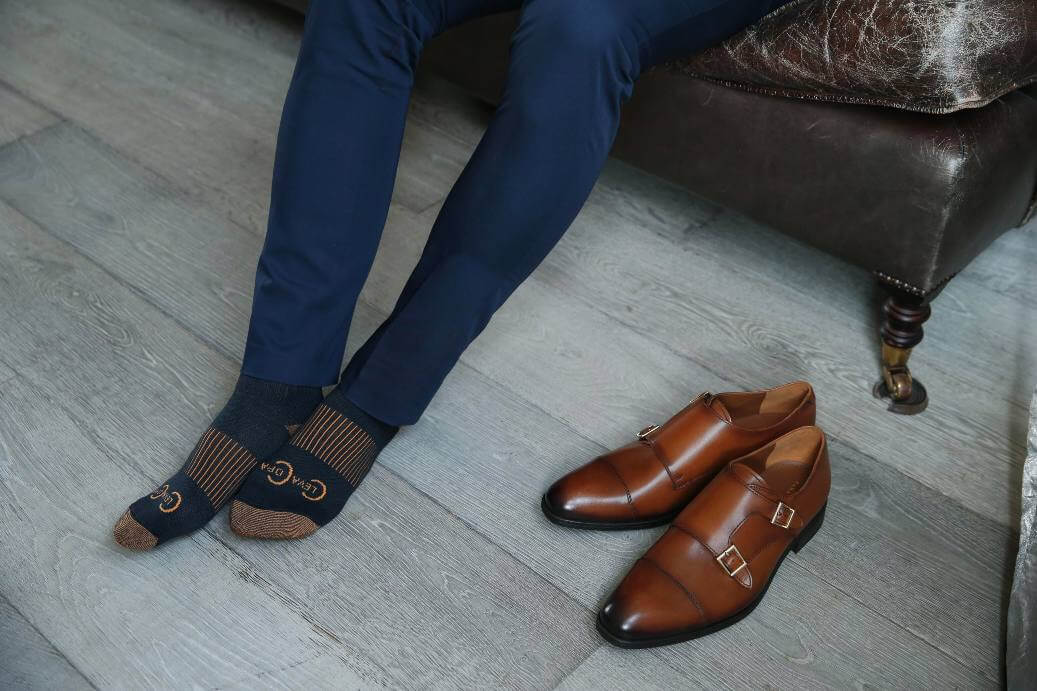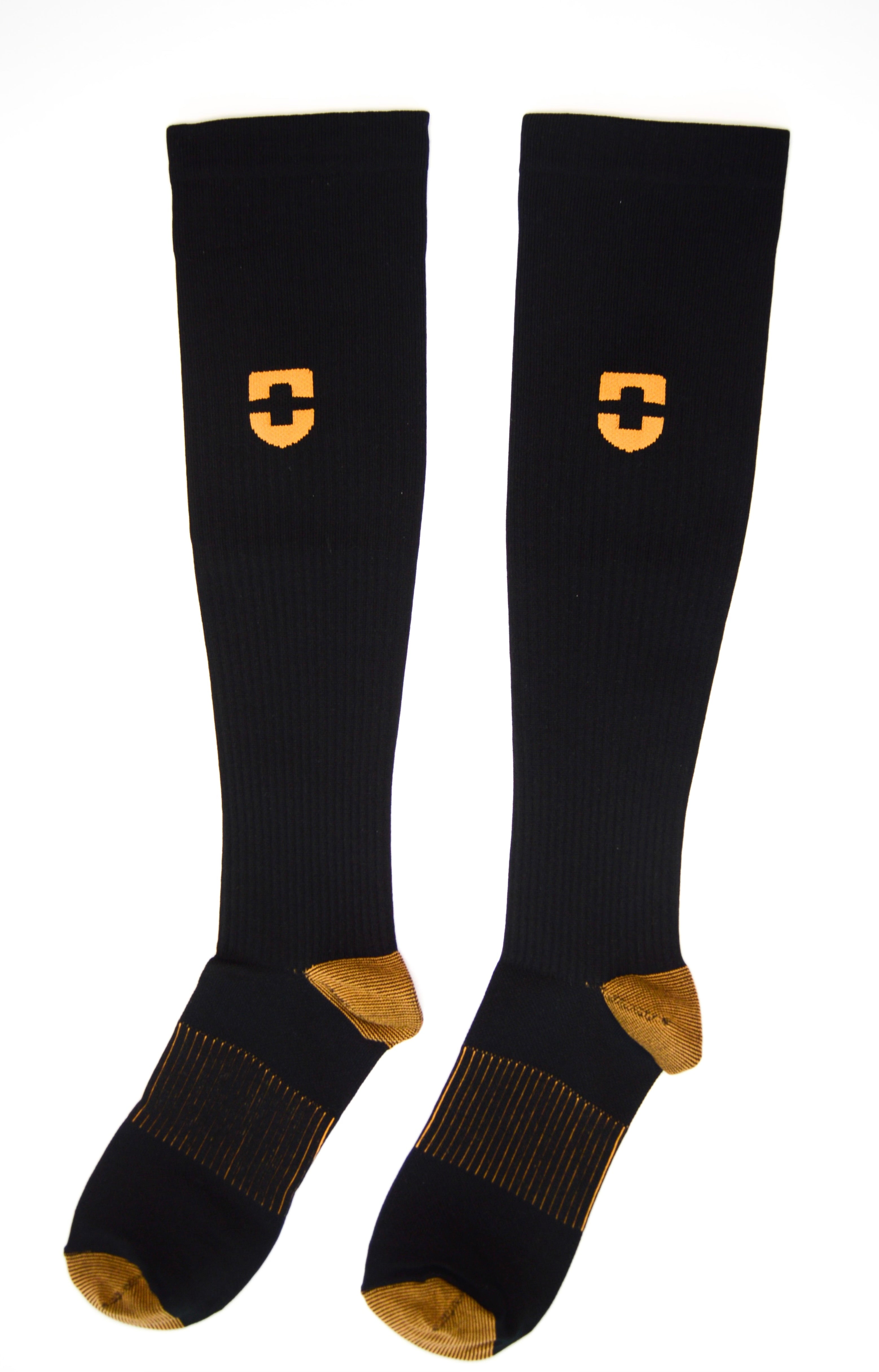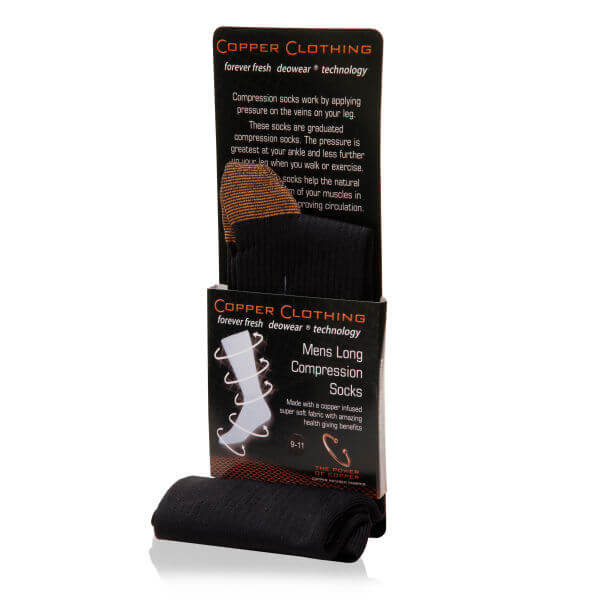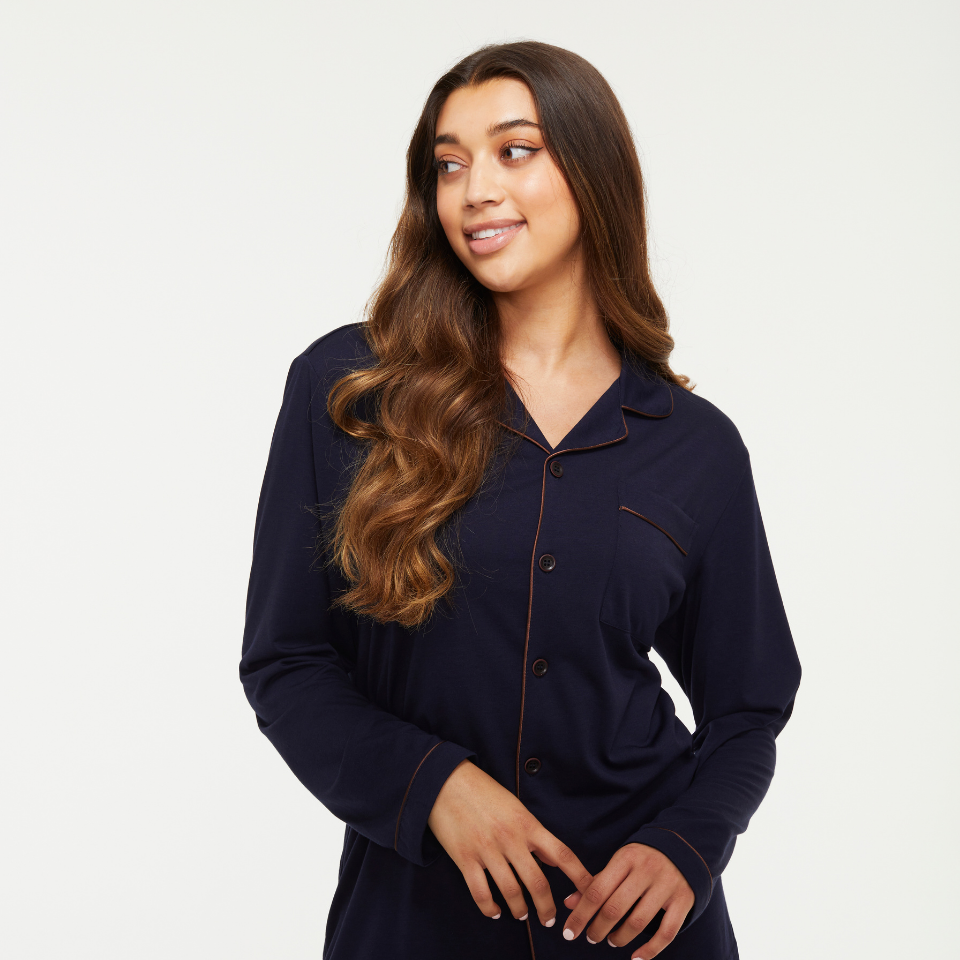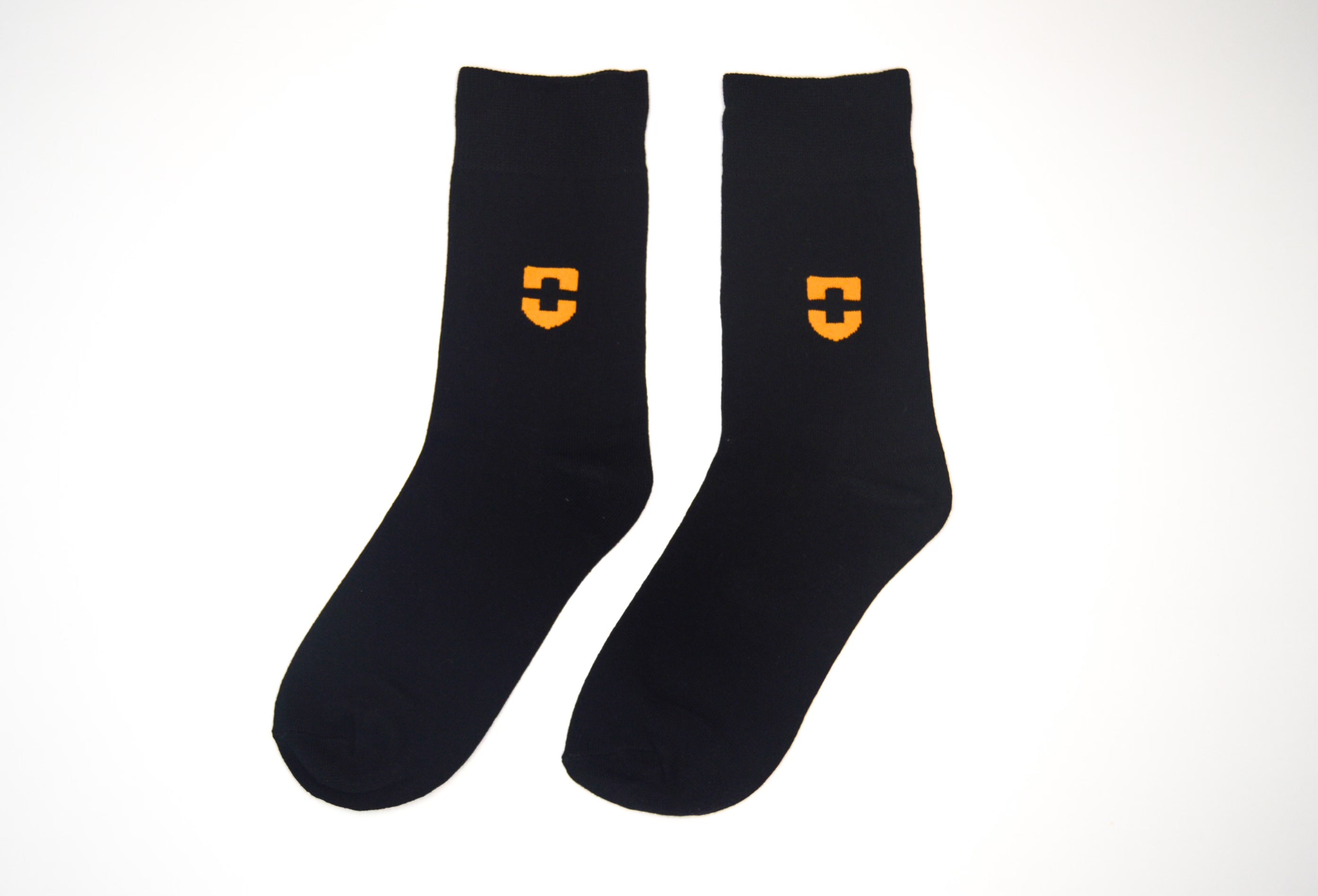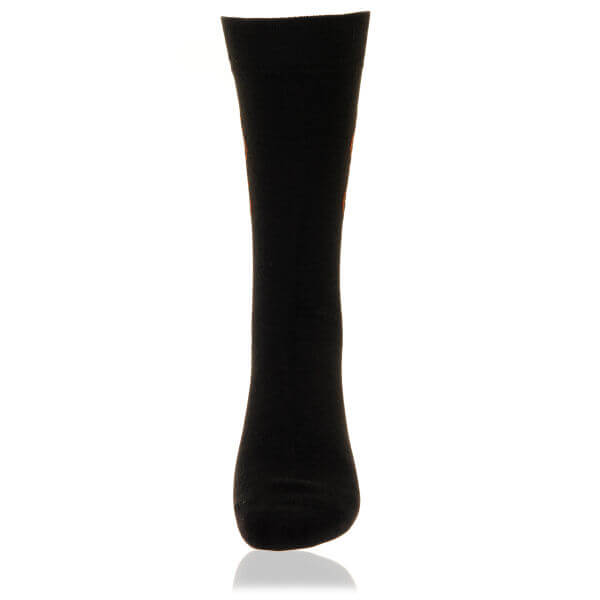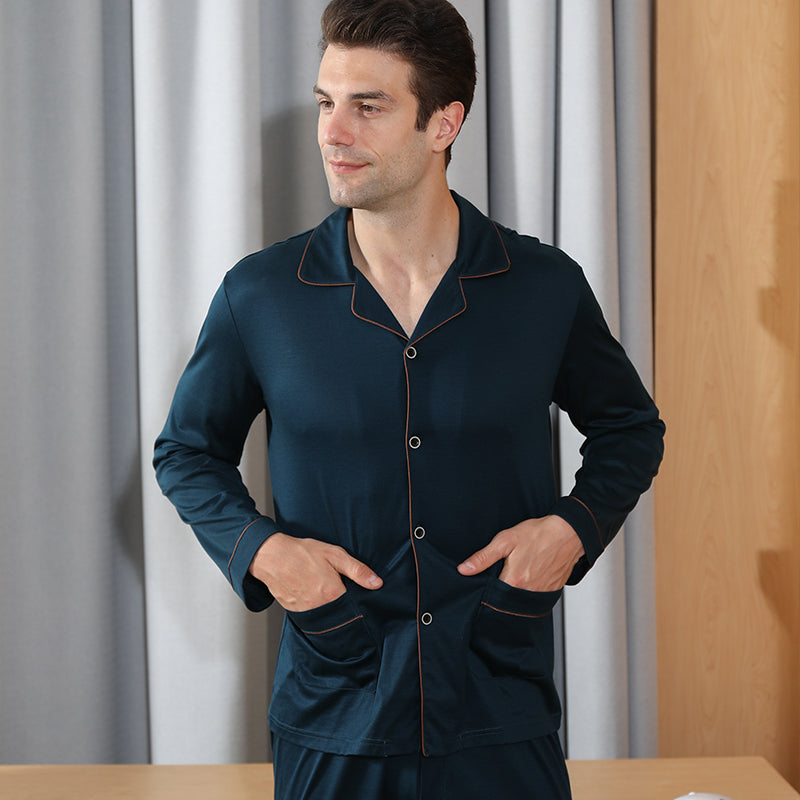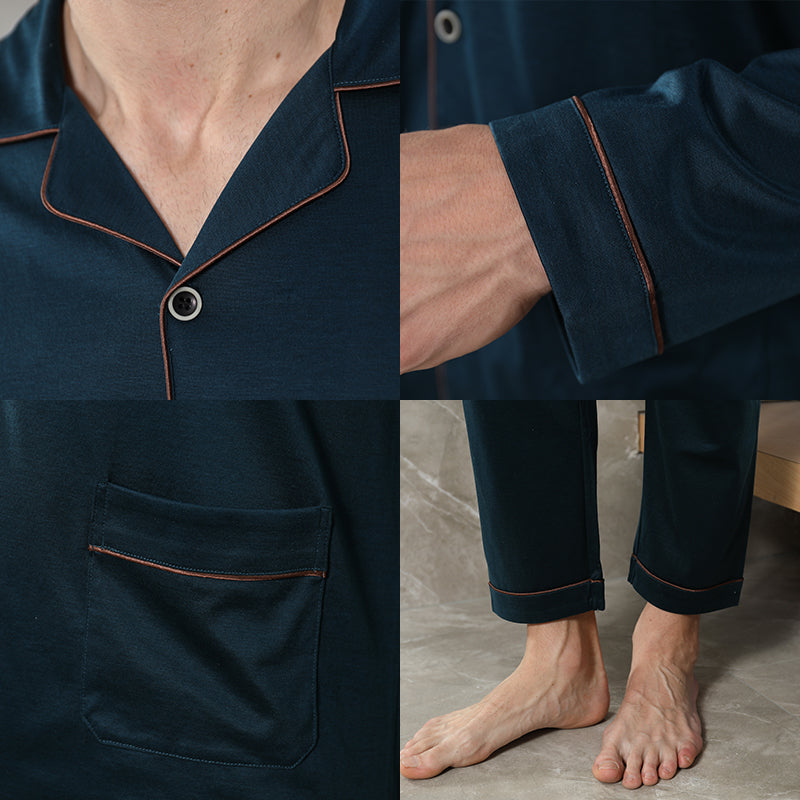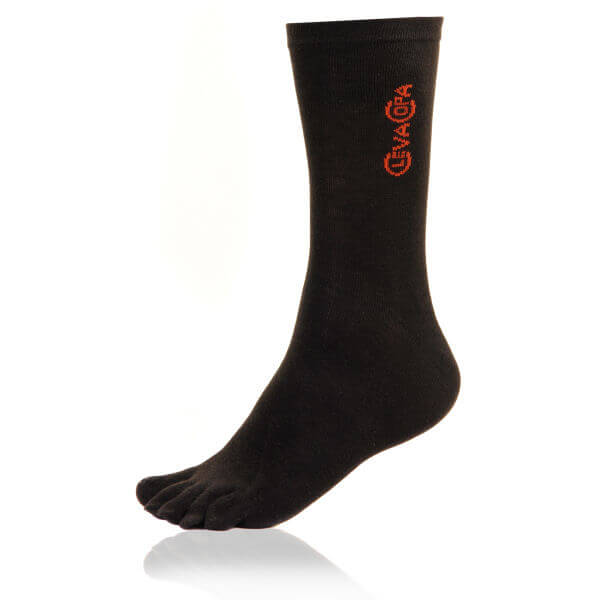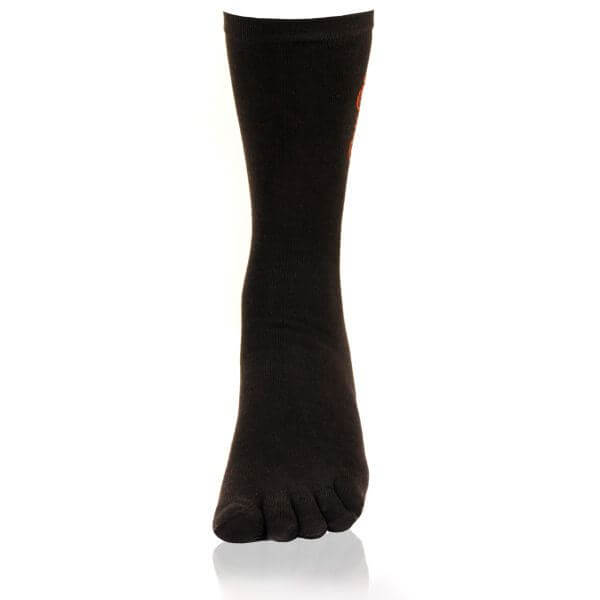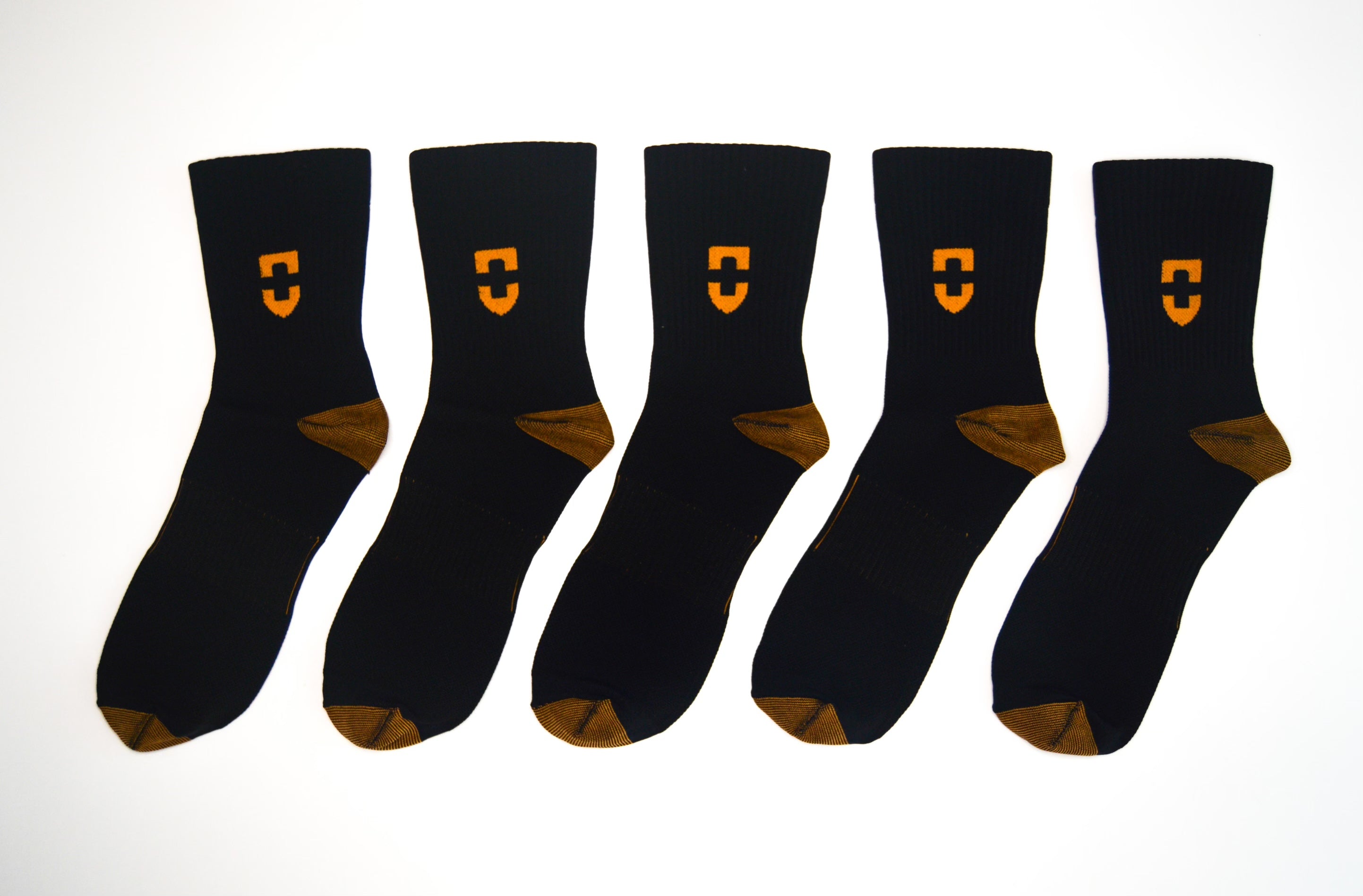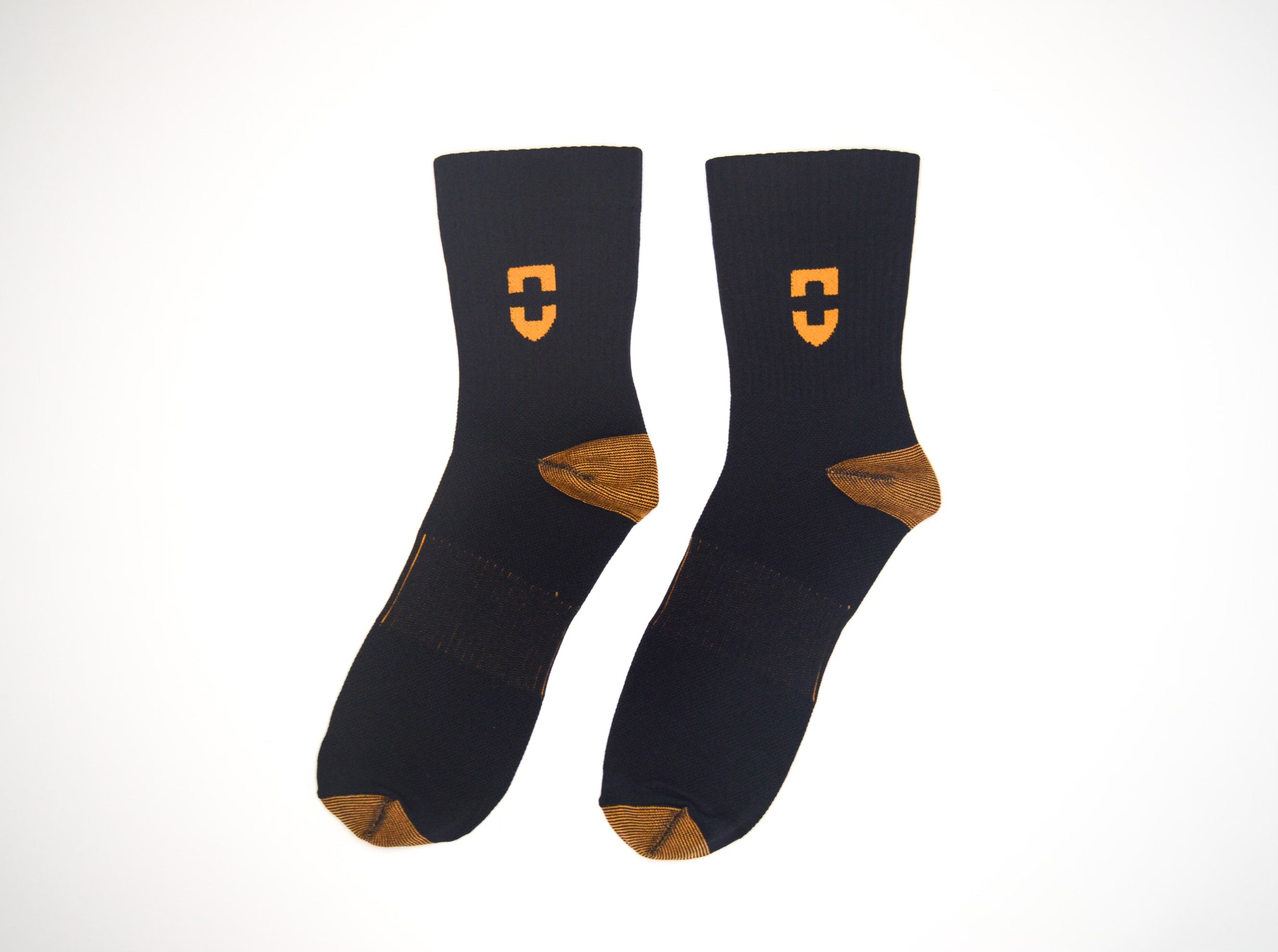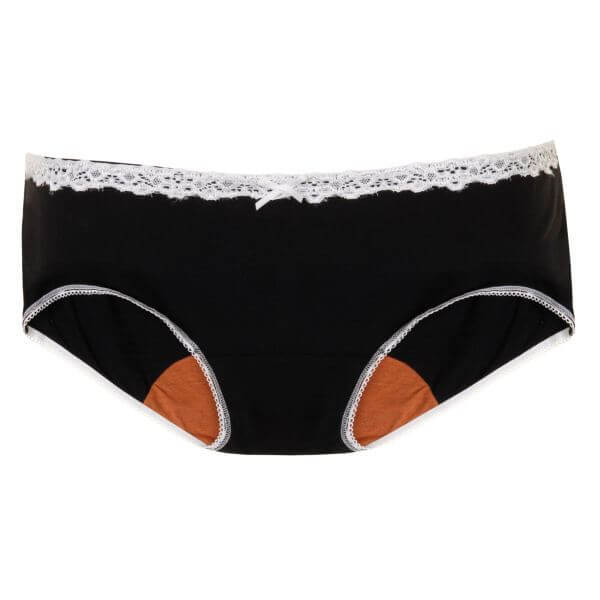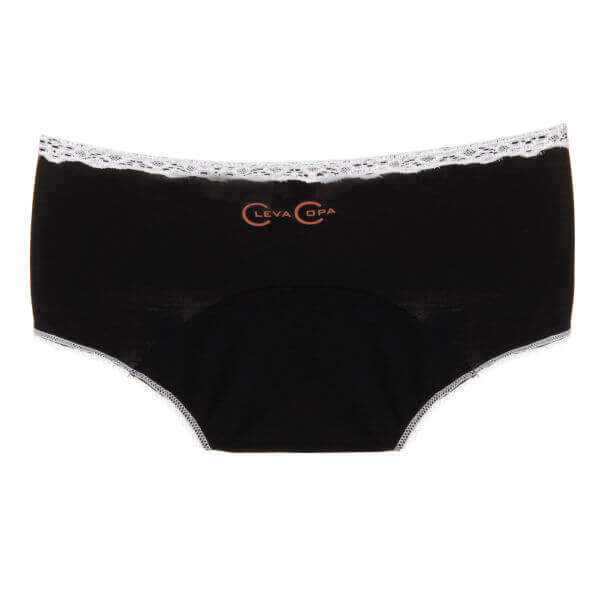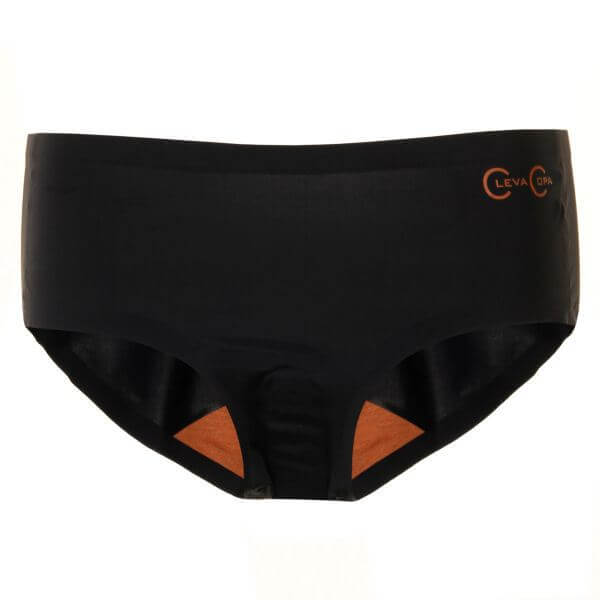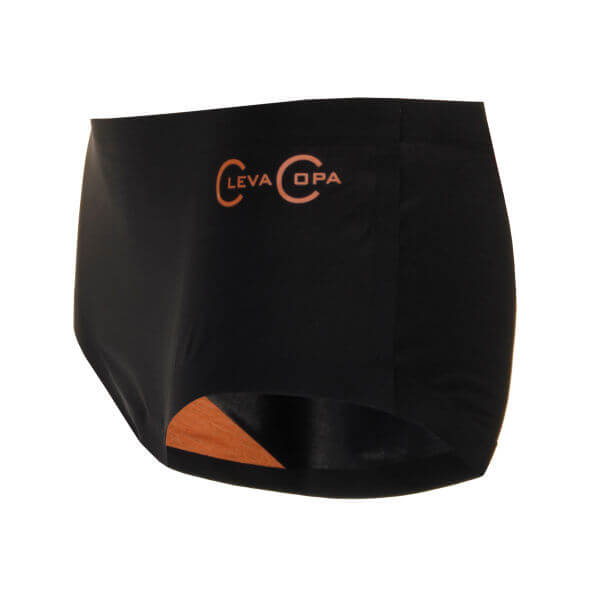Compression Socks for Air Travel: What are the Benefits?
Published
July 18 2024
During air travel, passengers often remain seated for extended periods—much longer than they typically would in their daily routines. This prolonged immobility can impede blood circulation, increasing the risk of blood clots. The concern for blood clots is particularly heightened during long-distance flights, typically those lasting four hours or more.
One increasingly popular method to prevent post-flight swelling is wearing compression socks.
Although compression socks offer several benefits to air travellers, it's important to be aware of a few key points before using them. This article will provide comprehensive information on wearing compression socks during flights, including the different types available and guidelines on who should and should not use them.
What are Compression Socks and What are Their Types?
Compression socks are specialised hosiery designed to improve blood circulation in the legs. They apply gentle pressure to your legs and ankles, which helps your blood vessels work better. These socks are tighter at the ankle and gradually become less tight towards the top. This graduated compression helps push blood back towards the heart, preventing it from pooling in the lower legs. They provide support to the muscles, reducing the amount of muscle vibration, which can lead to muscle fatigue.
There are mainly three types of compression socks, including:
-
Graduated Compression Socks
Graduated compression socks promote better circulation by exerting pressure on your ankles. The pressure gradually decreases as the socks extend up your legs. Typically, graduated compression stockings need a prescription and a proper fitting by a professional. These socks are usually manufactured to adhere to specific medical standards for flexibility, durability, and length.
-
Non-Medical Support Hosiery
Non-medical support hosiery is crafted to be more adaptable than graduated compression socks. You can purchase it without a prescription, and it is easily accessible in stores and online. These hosiery options generally alleviate tired legs and promote better circulation.
-
Anti-Embolism Stockings
Anti-embolism stockings are specifically crafted to prevent deep vein thrombosis (DVT). These stockings offer varying compression levels and are generally intended for individuals with limited mobility. Much like graduated compression socks, a prescription is necessary to obtain them.
Benefits of Wearing Compression Socks for Flying
There are several reasons a lot of people prefer wearing compression socks on long flights. Below are some of the benefits of wearing compression socks for flying:
-
Reduced Risk of Deep Vein Thrombosis (DVT)
Deep Vein Thrombosis (DVT) occurs in the body's major veins, which are directly linked to vital organs. This condition can become life-threatening if the clots travel to the lungs.
Graduated compression socks are essential for those at higher risk of DVT, such as older adults, individuals who are overweight, or those with a genetic predisposition. These socks promote consistent blood flow, helping to prevent clots from forming. One of the difficulties travellers encounter on planes is fluctuating blood pressure. Compression socks help stabilise this pressure, thereby reducing the risk of developing DVT.
-
Minimised Leg Swelling
With compression socks, you can improve your blood circulation. This helps prevent blood from accumulating in your feet and legs, which is the main reason for swollen legs.
-
Enhanced Comfort
Wearing graduated compression travel socks can be advantageous during long flights due to the health issues linked with prolonged sitting.
These socks aid in maintaining pressure equilibrium in your legs and ankles, ensuring steady blood flow. They help prevent blood pooling in the lower limbs and minimise the risk of blood clots. In addition to these crucial health benefits, compression socks alleviate minor discomforts such as mild swelling and common aches, enabling travellers to enjoy a more relaxed and comfortable journey.
Please note that compression socks vary in pressure. Consulting with your doctor can help determine the most suitable level for your individual needs and flight duration. Also, there are different types of compression socks based on the material made, like Copper Compression Socks. It’s better to shop around and see which one suits you.
Side Effects of Wearing Compression Socks During Long Flights
Compression socks are generally safe for most healthy individuals, but if not selected or worn properly, they can lead to some minor side effects. Here are some key points to keep in mind:
-
Skin Irritation
Skin irritation can occur due to the constant pressure and friction between the socks and the skin. Some individuals may be allergic or sensitive to the materials used in compression socks. Extended wear can trap heat and moisture, leading to chafing and irritation. Socks that are too tight or poorly fitted can increase the risk of skin irritation.
-
Discomfort
Wearing compression socks for extended periods can lead to general discomfort. Excessively tight socks can cause pain and discomfort. And prolonged use without breaks can lead to fatigue and discomfort.
-
Loss of Circulation
Overly tight compression socks can sometimes impede rather than improve blood circulation. They can compress veins and arteries excessively, restricting blood flow. Also, wearing the wrong size can exacerbate compression, leading to impaired circulation.
-
Redness Around the Skin
Compression socks exert pressure on specific areas, which can cause localised redness. Some materials may cause redness due to allergic reactions or sensitivity.
-
Bruises and Broken Skin
In severe cases, prolonged wear of tight compression socks can lead to bruising or even broken skin. Too much pressure can damage small blood vessels, leading to bruising. Continuous rubbing of the socks against the skin can cause abrasions and skin breakdown. Ill-fitting socks that bunch or slide can create friction and pressure points that lead to skin damage.
Who Should and Shouldn’t Wear Compression Socks
Who Should Wear Compression Socks
Compression socks are highly beneficial for various travellers, particularly those who face:
- Leg swelling or discomfort: Compression socks can alleviate swelling during extended flights by enhancing circulation.
- Varicose veins: These socks offer additional support for individuals with varicose veins.
- Blood clot concerns: It's essential to consult your doctor first, but those at a higher risk of blood clots might be advised to wear compression socks.
Copper-Infused Compression Socks are Worth Considering.
SHOP NOWWho Shouldn’t Wear Compression Socks
Compression socks are not universally suitable for everyone. Although they offer benefits to many, certain situations render them inadvisable. Here are some important contraindications:
- Peripheral Arterial Disease (PAD): In PAD, the arteries in the legs are narrowed, limiting blood flow. In such cases, compression socks can exacerbate the issue by further restricting circulation.
- Severe congestive heart failure: For individuals with severe heart failure, compression socks can increase the strain on the heart.
- Skin conditions: Conditions such as open wounds, severe eczema, or other skin issues can be worsened by wearing compression socks.
- Uncontrolled diabetes: The nerve damage common in diabetes can make it difficult to detect discomfort from tight socks, which could lead to skin damage.
When to Consult a Doctor
If you think you might have blood clots or deep vein thrombosis (DVT), it's important to consult a doctor, regardless of any upcoming travel plans.
You should seek immediate medical help if you notice any of the following signs and symptoms:
- Swelling in one or both legs
- Persistent leg cramps that don't go away
- Visible veins in your legs that are red or swollen to the touch
- Sudden redness or discoloration of the skin on your leg
FAQs:
-
Is wearing compression socks beneficial during flights?
Wearing compression socks while flying can be advantageous as they help reduce the risk of blood clots, particularly for individuals with circulation problems.
-
When should you put on compression socks?
It's wise to practice putting on compression socks a few times before your trip, as it can be challenging to do so in the confined space of an aeroplane. Getting accustomed to the process beforehand can be very beneficial.
-
How long should you wear compression socks?
Generally, wearing compression socks for the entire flight duration, especially on long-haul journeys lasting four hours or more, is recommended. However, it is always best to consult your doctor to determine the appropriate duration based on your specific needs









